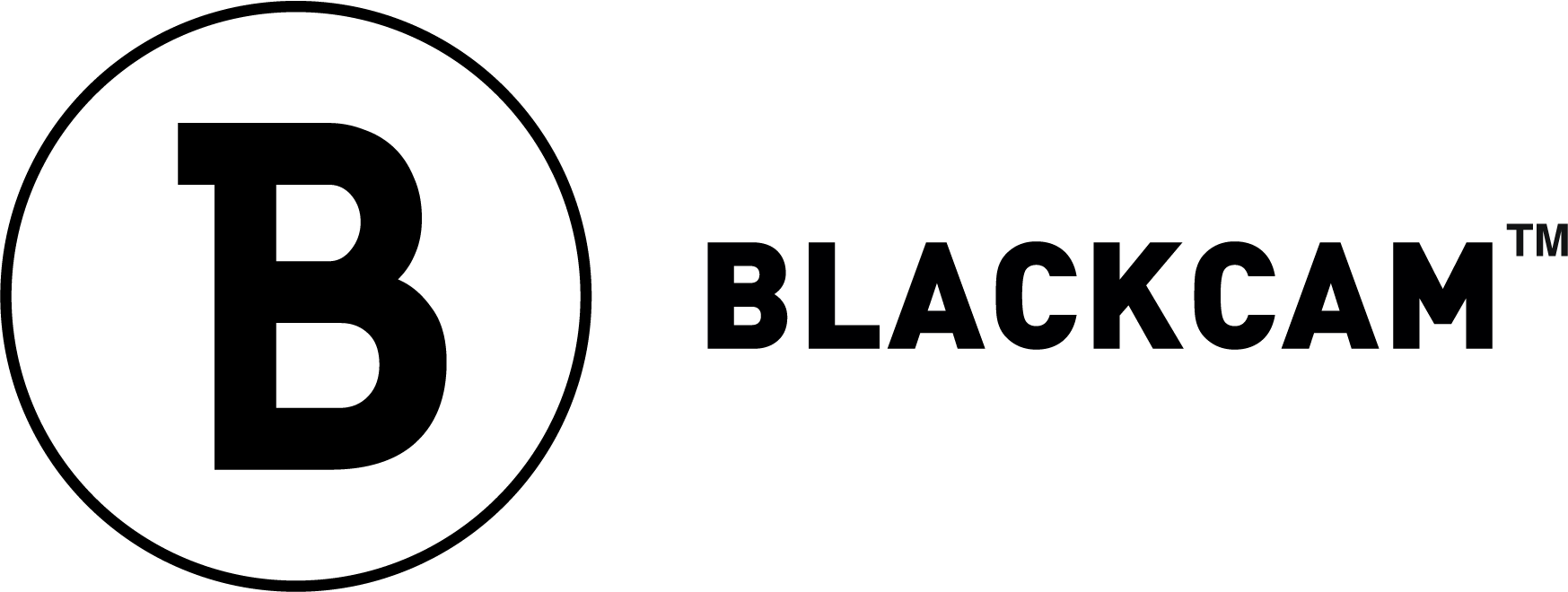In the world of cinematography and broadcast, the camera remote head stands as a pivotal piece of technology. It’s transforming the way cameras are operated and managed. This comprehensive guide delves into the world of camera remote heads, exploring their functionality, benefits, and the significant role they play in the production industry.
Understanding the Camera Remote Head
Camera remote head, An essential tool in the arsenal of filmmakers and broadcasters. It is a remotely controlled device that holds and manipulates a camera, allowing for precise and smooth movement in multiple directions. The camera remote head enables operators to control the camera from a distance, using either wired or wireless systems, making it ideal for capturing shots in challenging or inaccessible locations.
The Evolution and Importance of Camera Remote Heads
The evolution of the camera remote head mirrors the advancements in camera technology and broadcasting needs. The camera movements were limited and required manual handling, restricting the range of motion and the perspectives that could be captured. The advent of the camera remote head brought with it a new era of creativity and flexibility, enabling cinematographers to explore innovative angles and dynamic movements without physical constraints.
Camera Remote Head Types
Camera remote heads come in various types, each designed to meet specific shooting requirements. The most common types include:
- Pan-Tilt Heads: These are the most basic form of camera remote heads, allowing for horizontal (pan) and vertical (tilt) movements. They are widely used in TV studios and for live event coverage.
- Gyro-Stabilized Heads: Designed for high-motion environments, these heads use gyroscopes to stabilize the camera, making them ideal for aerial shots and action sequences.
- Telescopic Crane Heads: These heads are mounted on cranes, extending the camera’s reach and offering sweeping, cinematic shots.
- Handheld Stabilized Heads: These portable heads provide stabilization for hand-held shooting scenarios, allowing for smooth, steady footage even in motion.
Key Features to Consider
There are several key features that should be considered before selecting a camera remote head:
- Weight Capacity: It’s essential to choose a head that can support the weight of your camera and any additional equipment, such as lenses and monitors.
- Range of Motion: Consider the degree of pan, tilt, and roll the head offers to ensure it meets your shooting needs.
- Control System: The responsiveness and ease of the control system are crucial for precise camera movements.
- Compatibility: Ensure the head is compatible with your camera and any other equipment you plan to use.
- Build Quality: A durable and well-built head is vital for both the safety of your equipment and the quality of your shots.
The Benefits of Using a Camera Remote Head
Enhanced Creative Freedom
The camera remote head opens up a world of creative possibilities, allowing for shots that were once deemed impossible. From intricate close-ups to expansive aerial views, these heads enable cinematographers to capture their vision without physical limitations.
Improved Safety and Accessibility
Using a camera remote head significantly enhances safety, especially in hazardous or difficult-to-access locations. It allows for capturing high-quality footage from a safe distance, reducing the risk for camera operators.
Efficiency and Convenience
The remote operation of camera heads provides a level of convenience and efficiency that manual camera operation cannot match. It speeds up the setup time and allows for quick adjustments, which is especially beneficial in live broadcasting and fast-paced shooting environments.
Precision and Stability
Camera remote heads has designed to offer precise and stable movements. It ensuring that every shot is smooth and professional. This precision is critical to maintaining the quality and integrity of the footage.
Practical Applications of Camera Remote Heads
Film and Television Production
In film and TV production, camera remote heads are invaluable for capturing dynamic shots and achieving cinematic quality. Camera remote head, It used in everything from dramatic crane shots to subtle character-following shots.
Live Events and Sports Broadcasting
For live events and sports, the camera remote heads allow for rapid, fluid movements that keep up with the action. It ensures key moments are captured from the best angles, enhancing the viewer’s experience.
Wildlife and Documentary Filmmaking
In wildlife and documentary filmmaking, the camera remote head facilitates shooting in remote or challenging environments without disturbing the natural behavior of subjects.
Virtual Reality and Augmented Reality
In the burgeoning fields of VR and AR, camera remote heads enable the capture of immersive 360-degree footage, essential for creating above all realistic virtual environments.
Choosing the Right Camera Remote Head for Your Needs
Selecting the right camera remote heads depends on your specific requirements, such as the type of production, the environment in which you’ll be shooting, and the camera system you’re using. Consider the aforementioned features and types of heads to find the one that best suits your project.
Conclusion
The camera remote head is more than just a piece of equipment. It’s a gateway to new levels of creativity and professionalism in the world of cinematography and broadcasting. Whether you’re a seasoned filmmaker or a broadcasting novice, understanding and utilizing the capabilities of camera remote heads can significantly enhance your production quality and expand your creative horizons.
Please contact us, If you are interested our cutting-edge production technology,








